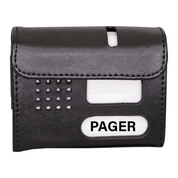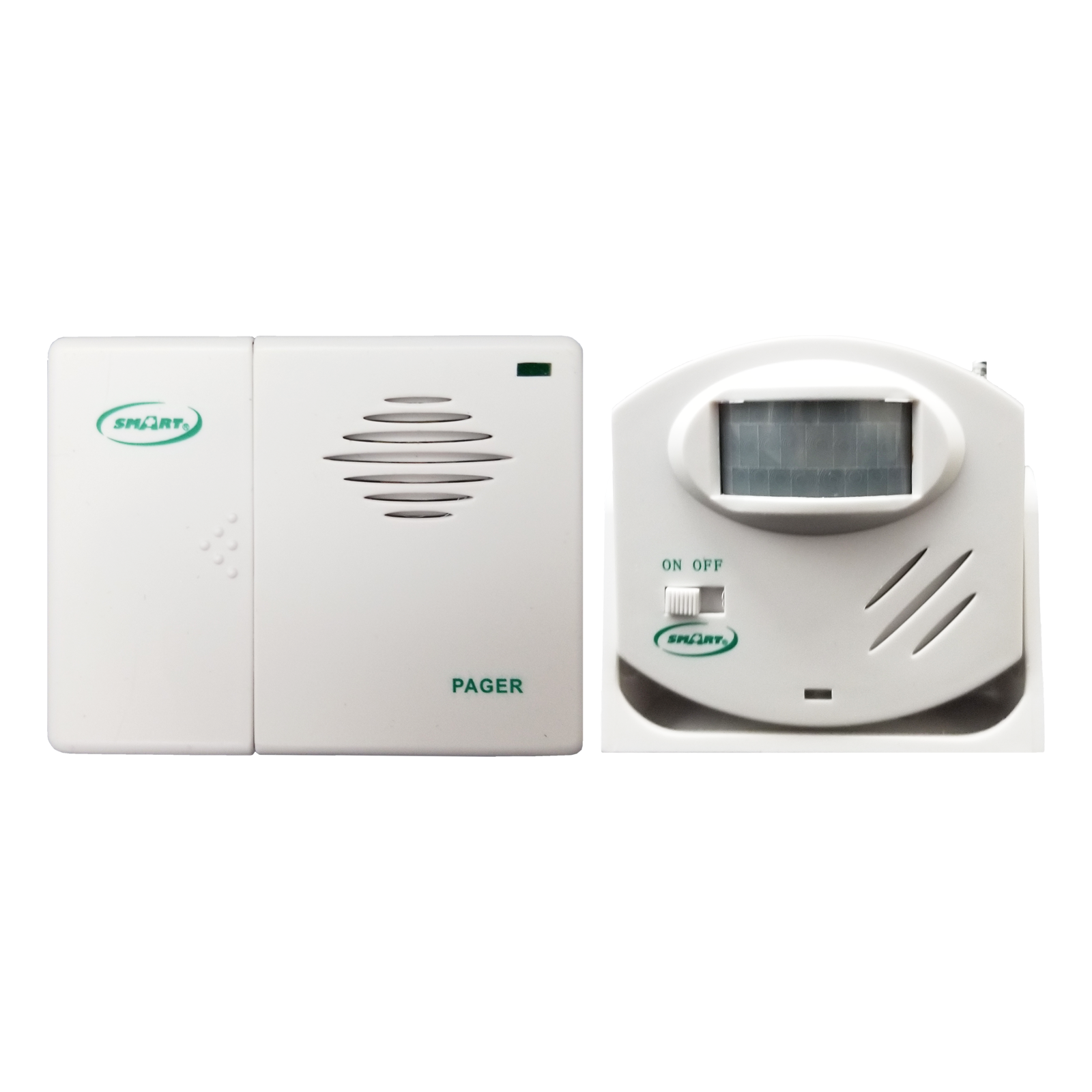Aging in Place and the Importance of Fall Prevention Tools

As more Americans near retirement age, they’re grappling with where they should live as they grow older. Should they stay in their existing homes? Sell and buy a smaller home? Move in with their children or, if needed, move into a care home.
Increasingly, more seniors living in the US are opting to age-in-place and remain in the comfort of their own home. According to one AARP survey, roughly 90% of American seniors wish to live at home for as long as possible. It seems that seniors vastly prefer aging in place to facility care, even in cases where physical or cognitive decline makes it difficult to live independently.
For many senior citizens, aging in place allows them to maintain independence and a level of autonomy that is not always possible in a care home. In these facilities, residents have reduced control over their lives and routines. By aging in place, seniors can maintain a greater degree of personal independence and maintain their sense of dignity which may not be felt in a care home.
Aging at home also allows seniors to be surrounded by a familiar and comfortable environment. For many, the emotional value of home outweighs that of its monetary value. In fact, several studies have found that nursing homes have worse health outcomes for various seniors, as being home sick has triggered depressive tendencies, cultivating physical and cognitive decline. Seniors form emotional attachments to their beloved and cherished space and is one of the underrated factors in a seniors’ quality of life.
Finally, the financial burden of residing in a care home is another contributing factor to the preference for aging in place. Nursing homes and assisted living facilities are often too expensive for seniors and their families. In an assisted living center, a bed in a shared room averages around $10,000 to $20,000 per year, while a private room can cost upwards of $75,000. Consequently, seniors who choose to age in place can save thousands of dollars per month in care costs.
For the reasons listed above, aging in the comfort of their own home continues to be on the rise in the US. However, this comes with its own consequences.
Problems with Aging in Place
Safety is the biggest concern for seniors aging in place, and by far the greatest threat to seniors’ safety is falling down. According to a statistical report by the National Safety Council entitled Injury Facts 2015, adults age 65 and older are at high risk for being injured and even die from complications from a fall.
Although older adults comprise only about 10% of the current population, they account for almost one-quarter of accidental deaths, the topmost reason from falling. This is typically a result of being dizzy due to their lack of balancing, weak points in body structure (e.g., a knee gives out at a crucial moment), and one of the largest reasons is medication side effects. Their home environment may also be full of trip hazards that then result in fall hazards.
Researchers Michael Eriksen, Gary Engelhardt, and Nadia Greenhalgh-Stanley found that 3 million Americans aged 65 and older are treated for falls annually, requiring 800,000 hospitalizations and resulting in 300,000 hip fractures. The average cost of these hospitals stays about $33,000 and the aggregate annual cost is about $55 billion. With the increase in life expectancy thanks to advanced medical care, these expenses show no signs of decreasing.
The good news, however, is that there are prevention measures available to safeguard seniors from multiple hospital trips. Using these precautions, the aging-in-place senior can be protected.
Fall and Anti-Wandering Products Within the Home
With the role of family caregivers continually on the rise – presumably due to the financial costs of medical care – there is additional strain on families who are responsible for looking after their senior relative. While relatives may live in close proximity to their seniors, one of the major concerns they face is leaving them at home to function independently and something terrible occurring, such as a fall or them wandering out of their home. This is particularly the case for individuals whose cognitive ability is starting to deteriorate and may feel the urge to wander from their home.
As such, preventative measures, including an onsite caregiver can help to safeguard elderly seniors from nasty and costly injuries should they fall or wander. They also relieve the caregivers’ burden of feeling as if they need to beat the patients side at all times due to remote alerts. This helps ensure their relative is safe and well looked after.
Fall prevention can also be achieved by a relatively inexpensive fix, particularly when we compare them to the cost of medical bills and care home facility prices. In fact, fall prevention tools have been known to reduce the incidence of falls by 50 percent for those senior citizens.
What Preventative Tools are Available?
There are a range of fall prevention and anti-wandering products that are available on the market today, enabling seniors to remain at home while being properly protected. They also alleviate any stress and anxiety relatives face, a notion coined as ‘caregiver stress’, thinking they have to be with patients 24/7.
For example, our range of anti wandering products are designed with the sole purpose of keeping those seniors safe at all times. They provide an early warning to caregivers when a senior is about to get up from a bed, chair or wander out an exit. Using one of our bed exit alarms or motion sensors, with wireless paging, caregivers can hear an alert and quickly go to the aid of the resident before a fall occurs.
We believe there is a fall prevention solution for every situation, from our Wireless Floor Mats that help prevent wandering at home, to our Wireless Bed Sensor and Pager System which sounds an alert when the patient removes pressure from the bed sensor pad. Indeed, each product is a vital step in stopping falls from occurring and therefore improving the quality of life for the elderly and vulnerable when living at home.
All of these products can also be customized according to the seniors needs. For example, bells can be replaced by call buttons or wristbands, or alarm sounds can be silenced to avoid startling the senior. All you have to do is explain your relative’s situation, and we can find a product that can take care of yours and their needs!
For more information, contact us today at (800) 650-3637 and let us help you find the fall prevention solutions that work for you.



























